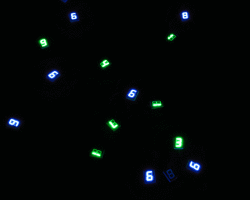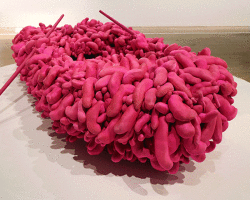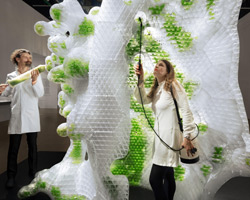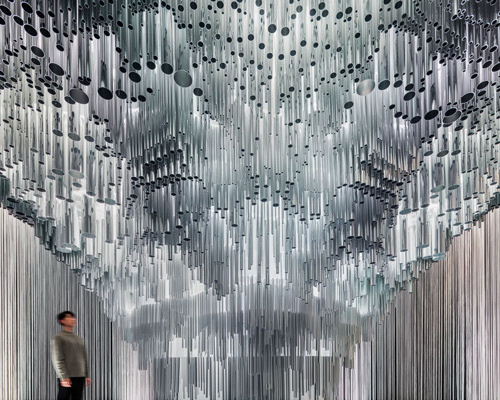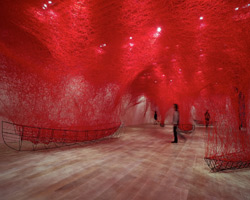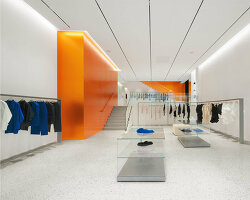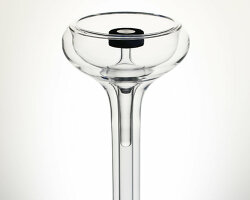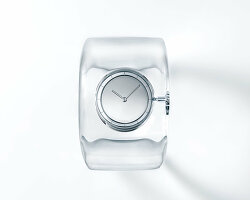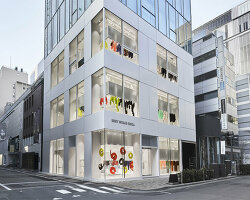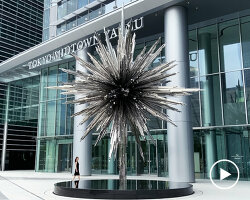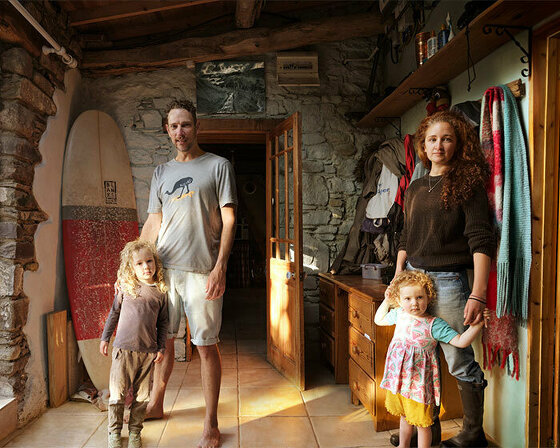KEEP UP WITH OUR DAILY AND WEEKLY NEWSLETTERS
PRODUCT LIBRARY
we're getting ready for the pre-opening launching today until friday, with public access scheduled for the 20th.
connections: 5
designboom speaks with french artist JR about la nascita, his new monumental rock installation just outside milan central station.
the 'poet of iron', as dubbed by his colleagues, passed away at his home in orient, new york, after a battle with pneumonia.
connections: +110
renowned photographer annie leibovitz, IKEA's first-ever artist in residence, unveils 25 powerful portraits of family life from stockholm to tokyo.
connections: +480
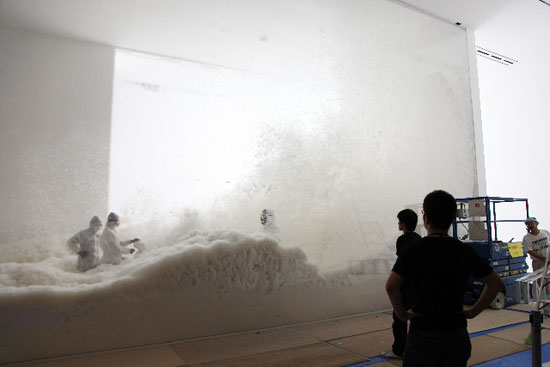
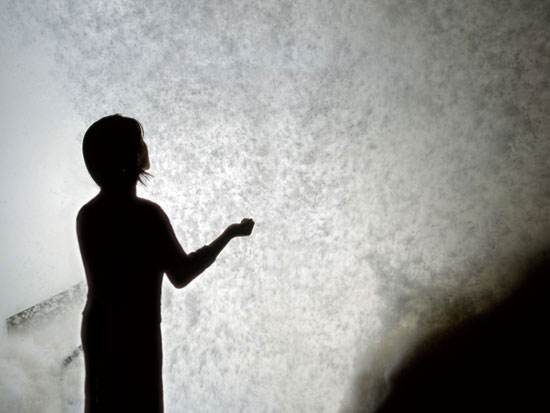 simulation of ‘snow’, 2010 image courtesy of nacasa & partners inc.
simulation of ‘snow’, 2010 image courtesy of nacasa & partners inc.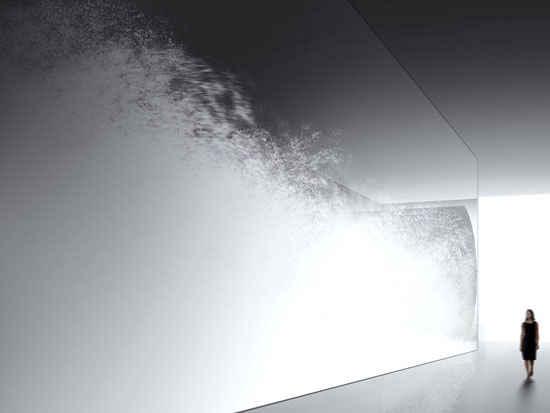 simulation of ‘snow’, 2010 image courtesy tokujin yoshioka
simulation of ‘snow’, 2010 image courtesy tokujin yoshioka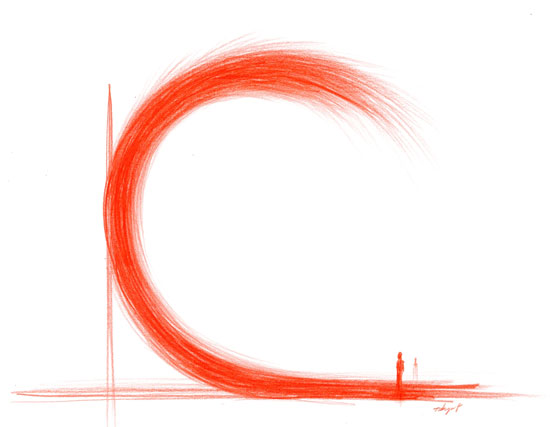 tokujin yoshioka drawing for ‘snow’, 2010 image courtesy of mori art museum
tokujin yoshioka drawing for ‘snow’, 2010 image courtesy of mori art museum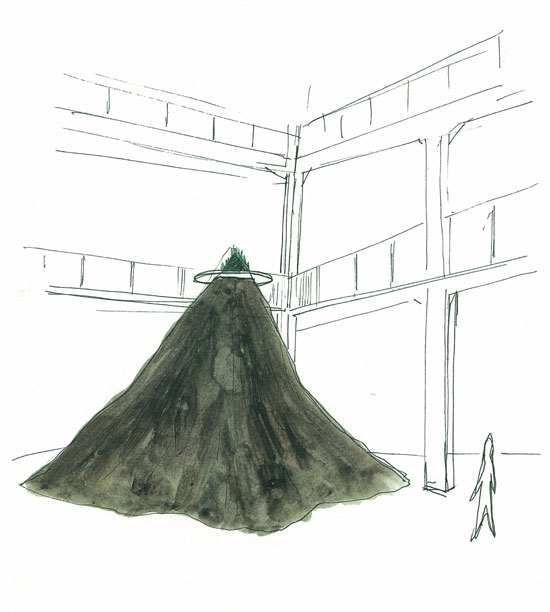 takashi kuribayashi drawing for new work, 2010 image courtesy of mori art museum
takashi kuribayashi drawing for new work, 2010 image courtesy of mori art museum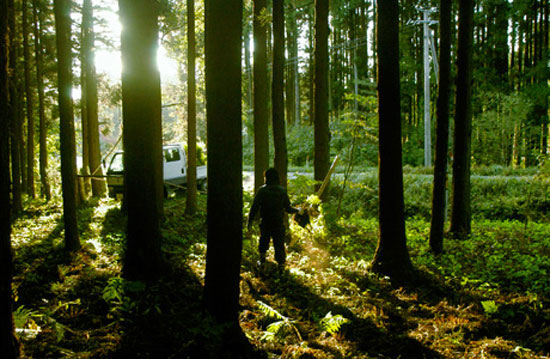 takashi kuribayashi ‘sumpf land’, 2008 mixed media 249 x 569 x 415 cm production image: towada art center, 2008 photo: kazumi nakajima
takashi kuribayashi ‘sumpf land’, 2008 mixed media 249 x 569 x 415 cm production image: towada art center, 2008 photo: kazumi nakajima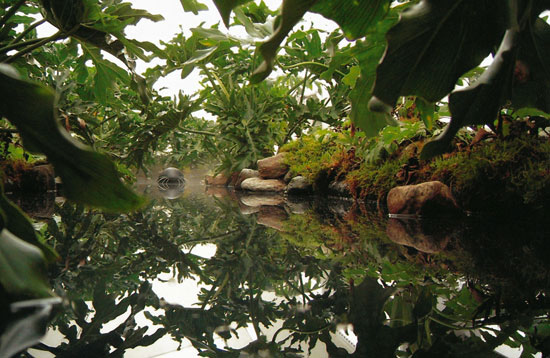 takashi kuribayashi ‘seehund hiroshima’, 2004 neoprene, mixed media 1462 x 1411 x 680 cm installation: ‘adventure / at of the museum, ‘hiroshima city’ museum of contemporary art, 2004
takashi kuribayashi ‘seehund hiroshima’, 2004 neoprene, mixed media 1462 x 1411 x 680 cm installation: ‘adventure / at of the museum, ‘hiroshima city’ museum of contemporary art, 2004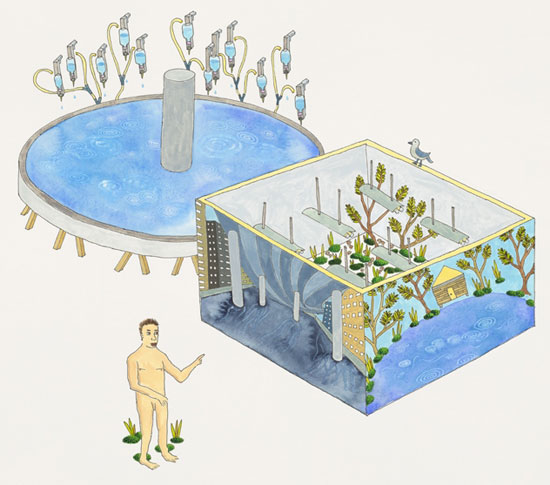 taro shinoda drawing for new work, 2010 image courtesy of mori art museum
taro shinoda drawing for new work, 2010 image courtesy of mori art museum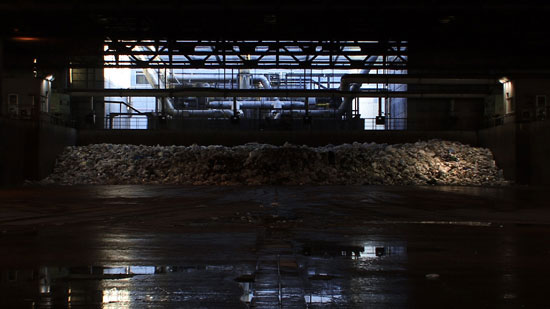 taro shindoda ‘reverberation’, 2010 video still (11 min) image courtesy of mori art museum
taro shindoda ‘reverberation’, 2010 video still (11 min) image courtesy of mori art museum